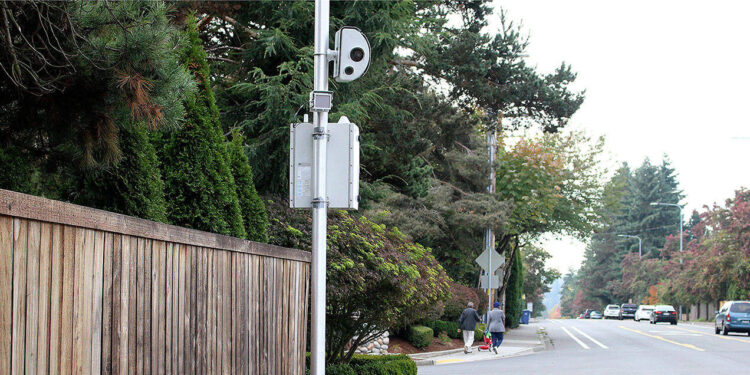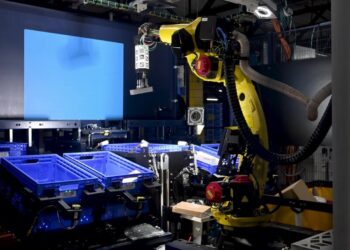Seattle has deployed 19 additional speed cameras around schools as students return to classes next week, bringing automated enforcement to areas where drivers exceed 20 mph near educational facilities.
The Seattle Department of Transportation announced that its expanded Speed Zone Safety Camera programme will issue $237 tickets to drivers caught speeding in school zones. The city now operates 38 such cameras near public schools, with many becoming active when classes resume Wednesday.
The zones are marked with yellow flashing beacons on speed limit signs that activate during times when students are most likely to be present. Cameras photograph passing vehicles and number plates, with violators receiving tickets by post. Pictures and video evidence of alleged violations can be viewed online.
The new camera locations span across Seattle neighbourhoods and include enforcement near Rainier Valley Leadership Academy on Rainier Avenue South, Bertschi Elementary School on 10th Avenue East, and West Seattle High School on California Avenue Southwest. Additional cameras monitor areas around St Matthew School K-8 on 15th Avenue Northeast, Our Lady of the Lake School K-8 on 35th Avenue Northeast, and Nathan Hale High School, also on 35th Avenue Northeast.
Elementary schools receiving new camera coverage include Hamilton Middle School on Wallingford Avenue North, Hazel Wolf K-8 on Roosevelt Way Northeast, and multiple locations around West Woodland Elementary on both Northwest Market Street and 3rd Avenue Northwest. The programme also covers Alki Elementary on Southwest Admiral Way, Bryant Elementary on 35th Avenue Northeast, and View Ridge Elementary with cameras on both Northeast 70th and 75th Streets.
Other new enforcement locations include Viewlands Elementary and Greenwood Elementary, both on 3rd Avenue Northwest, John Rogers Elementary on Northeast 110th Street, BF Day Elementary on Fremont Avenue North, and TOPS K-8 on Boylston Avenue East.
Seattle selected the new camera locations through safety and equity data analysis, aiming to place enforcement where it could provide the greatest safety benefit. The programme targets areas with higher pedestrian risks and historically underserved communities that may have lacked adequate traffic safety infrastructure.
All revenue from speed camera tickets is reinvested in traffic safety improvements throughout the city, including new pavements, crosswalks, and Safe Routes to School projects. This funding mechanism ensures violations directly contribute to enhanced pedestrian safety measures.
The expanded school zone enforcement represents part of Seattle’s broader automated traffic enforcement programme. The city also uses cameras to monitor red light violations, HOV lane infractions, bicycle and bus lane violations, and drivers who block intersections during traffic congestion.
Speed cameras in school zones operate only during designated hours when children are most likely to be walking to school, during lunch periods, and at dismissal times. The timing varies by school based on specific schedules and pedestrian traffic patterns.
The $237 fine reflects Washington state’s approach to using financial penalties as a deterrent for dangerous driving behaviours near schools. The substantial cost is intended to encourage compliance with reduced speed limits designed to protect young pedestrians who may be less predictable in their movements than adult pedestrians.






